Dear Students, Caregivers and Staff,
On behalf of School District No. 74, welcome to the 2013-2014 school year.
For a very long time school was seen teaching the brain. We now know better, we know that we have to teach the whole child. The Gold Trail Board of Education’s mission to create a dynamic and supportive learning community that inspires and enables all students to achieve their potential reflects this understanding; as does the mission statement of the Enhancement Agreement. Our schools are places of student-focused holistic learning.
When honouring and teaching the whole child, we need to expand our teaching from the brain to include the body, heart and spirit. This year the focus of our collective learning in Gold Trail will be on the promotion of social and emotional learning in schools and in the classroom. Research has shown that students need to learn how to identify their social and emotional needs and develop strategies to respond to those needs. When students are in the classroom and are feeling stress or anxiety they do not have the ability to devote the energy necessary to be a successful learner. Social and emotional learning is a process for helping children develop the fundamental skills for life effectiveness. It teaches the skills we all need to handle ourselves, our relationships, and our work, effectively.
On November 25, Dr. Kimberly Schonert-Reichl from the University of British Columbia will be leading our district professional development day. Her research shows children that have social emotional fitness do better in school and life and that they have higher academic achievement. Everyone is invited to attend this day of learning. We all have an important role to play in the success of our students and I look forward to working closely with you throughout the 2013-2014 school year.
I wish each learner, staff member, and family a happy and successful school year.
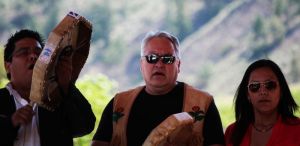
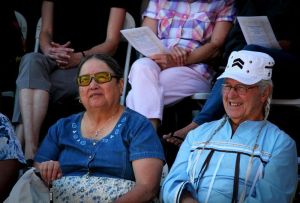
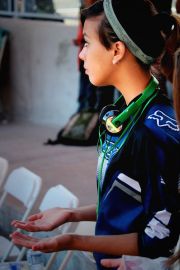
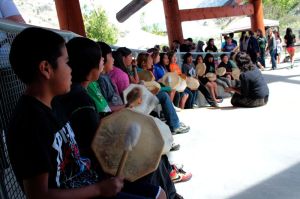
 is not a reflection of the abilities of Aboriginal learners it is a reflection of a system that is not meeting their needs. Together we can and will change that system to ensure success for all learners.
is not a reflection of the abilities of Aboriginal learners it is a reflection of a system that is not meeting their needs. Together we can and will change that system to ensure success for all learners.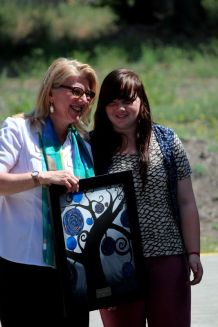
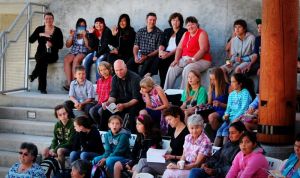
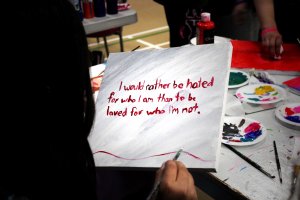
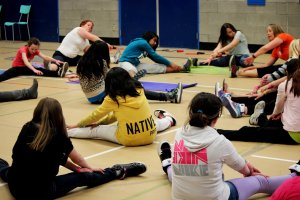
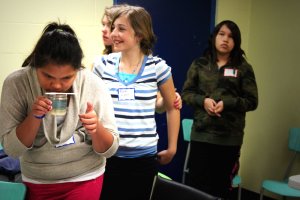
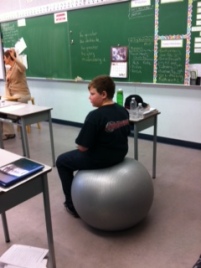


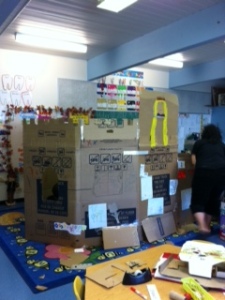

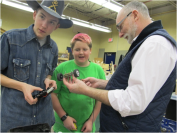
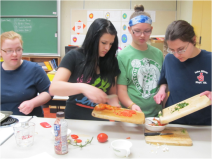
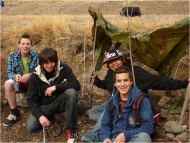

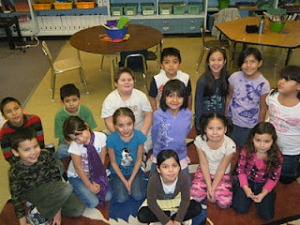


 eir separate space for their belongings and their learning. Over the years, teachers have tried to work with desks by putting them and therefore students together; however, a division between students remained.
eir separate space for their belongings and their learning. Over the years, teachers have tried to work with desks by putting them and therefore students together; however, a division between students remained.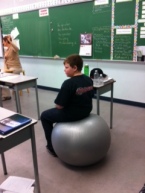 on, creative and critical thinking which depends on learners working and learning together. We are seeing teachers furnish their classrooms with large tables where a community of learners can work together. Furthermore, an array of chairs is in classrooms, allowing each individual learner to be comfortable in their learning environment and successful no matter what their unique needs. Ball chairs, cushions, and rocking chairs allow students, who struggle to manage their energy, enhance their learning experience and help them become far more successful.
on, creative and critical thinking which depends on learners working and learning together. We are seeing teachers furnish their classrooms with large tables where a community of learners can work together. Furthermore, an array of chairs is in classrooms, allowing each individual learner to be comfortable in their learning environment and successful no matter what their unique needs. Ball chairs, cushions, and rocking chairs allow students, who struggle to manage their energy, enhance their learning experience and help them become far more successful.